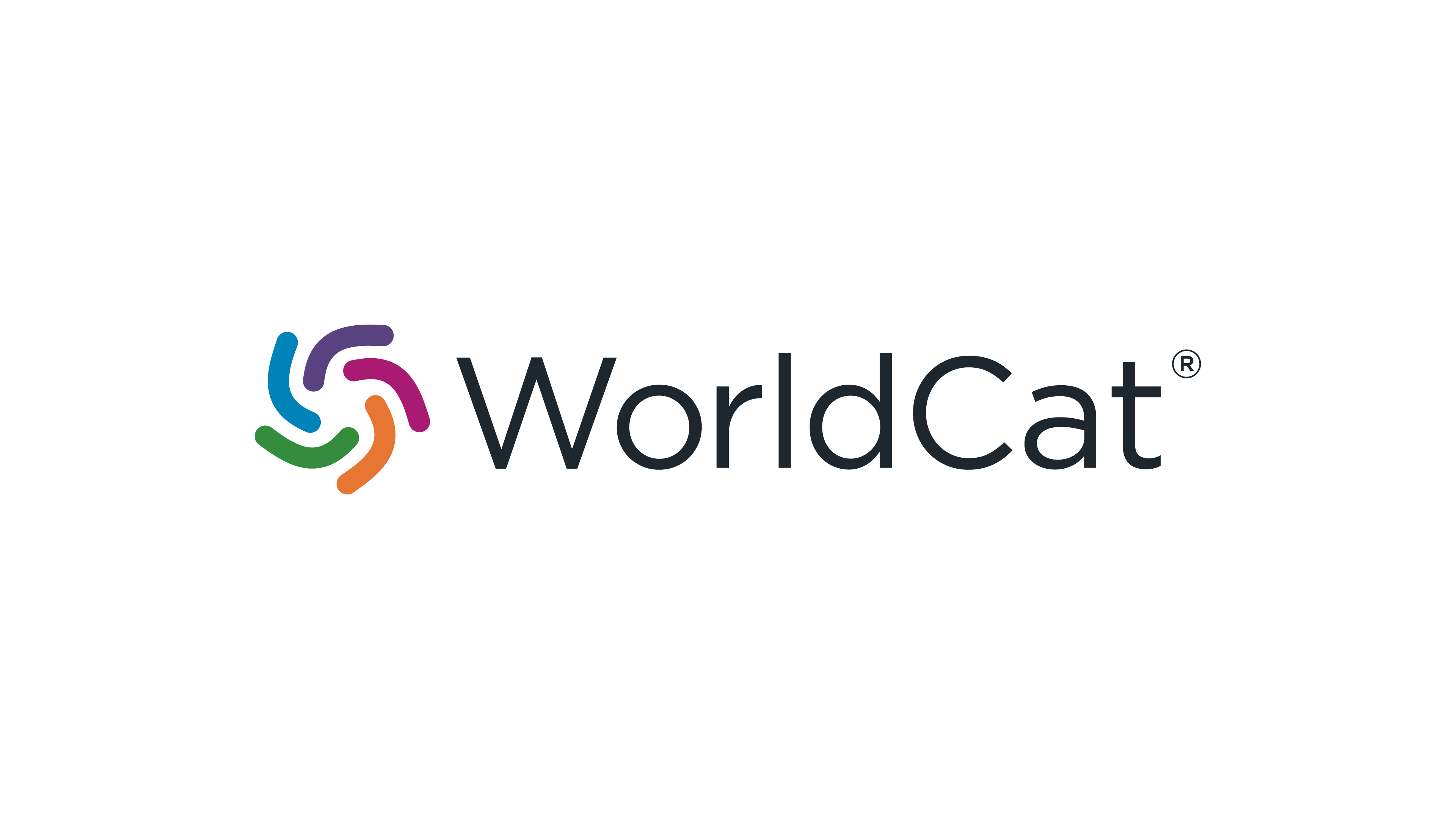INTELLECTUAL CAPITAL (1C) AND PROPENSITY TO MERGERS AND ACQUISITIONS (M&A) IN THE INDIAN PHARMACEUTICALS AND CHEMICAL INDUSTRY
Keywords:
Mergers and Acquisition, Intellectual Capital, Human Capital, Research and Development, Logit AnalysisAbstract
This study is intended to analyse the various Intellectual Capital(IC) components and other firm specific factors which determines the M&A decision of a firm in the Indian pharmaceutical and chemical industry. Binary logistic regression is used for testing the various Intellectual Capital components such as Human Capital(HC), Structural capital (SC) and Customer capital(CC) and firm characteristics like Firm size, Leverage and Return on Asset on propensity to M&A in these high tech industries. The result shows that IC elements, namely, HC, SC, and CC are the strong determinant of M&A propensity in the pharmaceuticals and chemicals industry in India. In the pharmaceutical industry, the companies which are having less HC (labour intensity) and high SC( R&D and patent ) and strong CC( Marketing & distribution Intensity) are more tend to go for M&A. And acquirers in the pharmaceutical industry are larger in size, and their firm performance also good. In the chemical industry, the companies that have higher HC, higher Innovation Capital and higher CC and less experienced companies have more probability of an acquirer. Similar to pharmaceutical acquirers, these acquirers are also larger in size, and they have better firm performance.
Downloads
References
A.D. Castagna Z.P. Matolcsy. (1975 ). Financial Ratios As Predictors Of Company Acquisitions. 6— 10.
Agnihotri, A. (2013). Determinants of acquisitions: An Indian perspective. Management Research Review, 36(9 ), 882— 898. https://doi.org/10A108/MRR-04-2012-0077
Alipour, M. (2012 ). The effect of intellectual capital on firm performance: An investigation of Iran insurance companies. Measuring Business Excellence, 16(1 ), 53— 66.
https://doi.ors/10.1108/13683041211204671
Ali-Yrkko, Jyrki; Hyytinen, Ari; Pajarinen, M. (2004 ). Does patenting increase the probability of being acquired? Evidence from cross-border and domestic acquisitions.
Andrade, G., Mitchell, M. & Stafford, E. (2001 ). New Evidence and Perspectives on Mergers. Journal of Economic Perspectives,15(2 ), 103-120
Barney, J. (1991 ) Firm resources and sustained competitive advantage. Journal of Management, 17: 99-129
Bharathi Kamath, G. (2008). Intellectual capital and corporate performance in Indian pharmaceutical industry. Journal of Intellectual Capital, 9(4 ), 684-704.
https://doi.org/10.1108/14691930810913221
Bhaumik, P.K., Chakrabarti, A.K. and Makinen, S. (2009 ), "Technology development in China and No. 4, pp. 213-237.
India: a comparative evaluation", Journal of Indian Business Research, Vol. I
Blonigen, B. A. and Taylor, C. T. (2000 ) "R&D Intensity and Acquisitions in HighTechnology Industries: Evidence from the US Electronic and Electrical Equipment
Industries." The Journal of Industrial Economics 48(1 ): 47-70.
Bonds, N. (1998 ) Intellectual capital: an exploratory study that develops measures and models. Management Decision, 36(2 ), 63-76
Bonds, N., Chua, W., Keow, C., Richardson, S., & Richardson, S. (2000). Intellectual capital and business performance in Malaysian industries industries. Journal of Intellectual Capital, 1(1 ), 85-100. https://doi.org/10A108/14691930010324188 Downloaded
Downloads
Published
How to Cite
Issue
Section
License

This work is licensed under a Creative Commons Attribution-NonCommercial-NoDerivatives 4.0 International License.
You are free to:
- Share — copy and redistribute the material in any medium or format for any purpose, even commercially.
- Adapt — remix, transform, and build upon the material for any purpose, even commercially.
- The licensor cannot revoke these freedoms as long as you follow the license terms.
Under the following terms:
- Attribution — You must give appropriate credit , provide a link to the license, and indicate if changes were made . You may do so in any reasonable manner, but not in any way that suggests the licensor endorses you or your use.
- No additional restrictions — You may not apply legal terms or technological measures that legally restrict others from doing anything the license permits.
Notices:
You do not have to comply with the license for elements of the material in the public domain or where your use is permitted by an applicable exception or limitation .
No warranties are given. The license may not give you all of the permissions necessary for your intended use. For example, other rights such as publicity, privacy, or moral rights may limit how you use the material.





